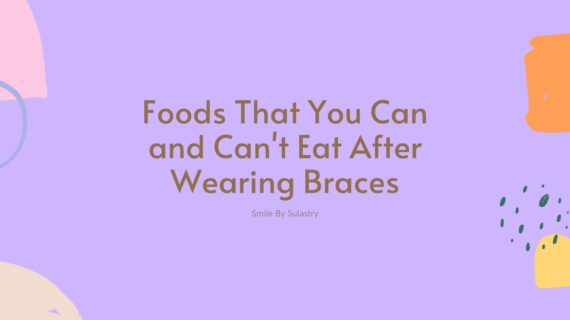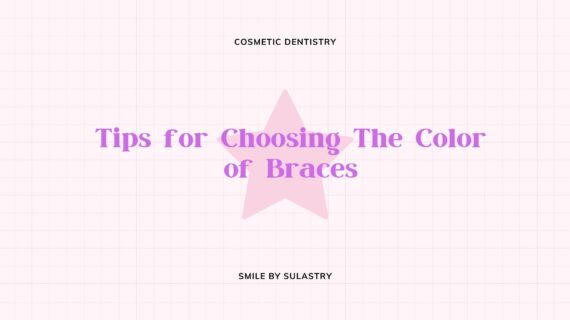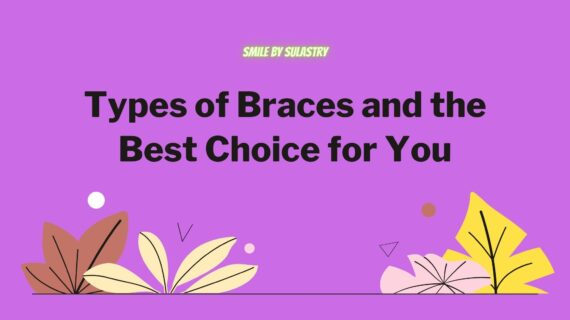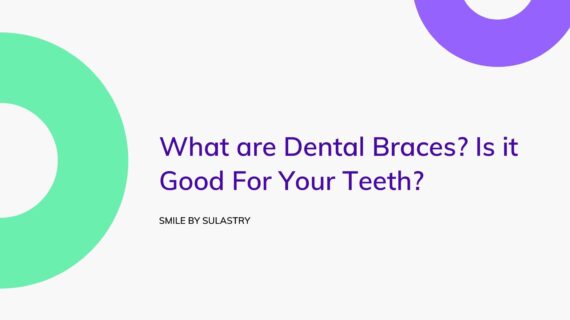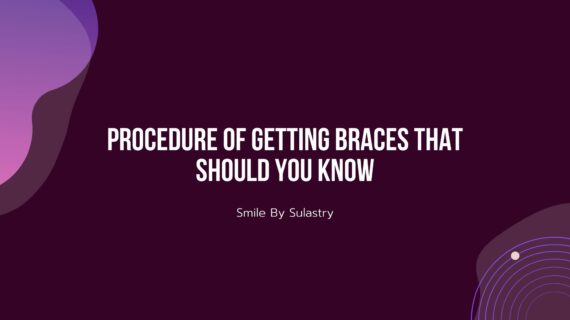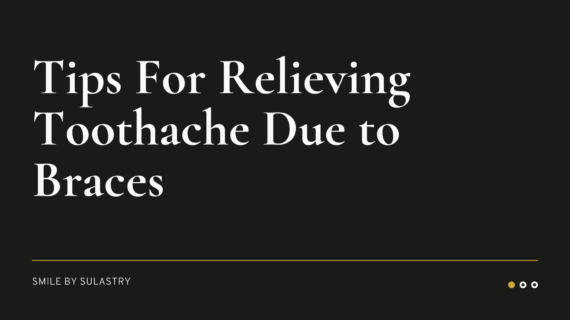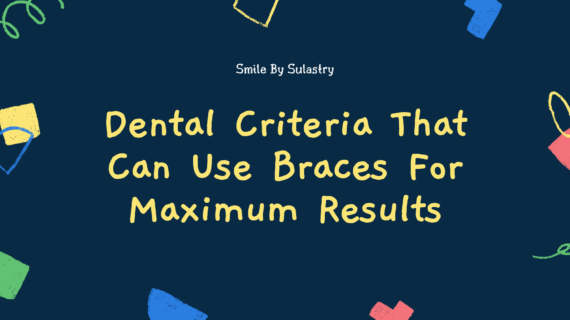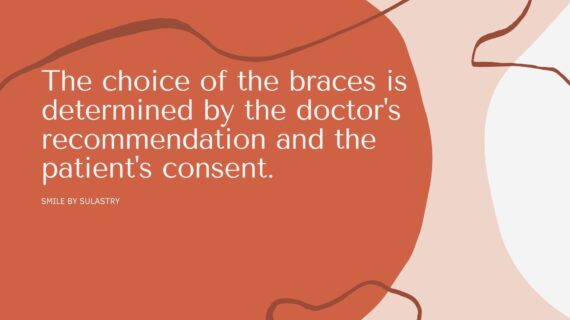Foods That You Can and Can’t Eat After Wearing Braces – You decide to use braces? Then you also have to start paying attention to the type of food you eat. Some types of food can get caught in the crevices. It can be too hard to affect the position of the braces. Even cause damage to the braces and the area of the teeth around it.
Using braces is not without challenges. When the braces are installed by the dentist, pain and even irritation around the teeth and gums can occur. It can take several days to weeks to adapt until you are comfortable with the appliance.
In addition, another adjustment that may be difficult is avoiding certain types of foods that may be your favorite foods.
Maintaining a diet, dental and oral care is important for patients who have recently worn braces. One of them is don’t eat carelessly.
Also Read Types of Braces and the Best Choice for You
Anything that should be eaten while wearing braces?
The type of food that can be consumed when using braces is food that is normally textured to soft.
1. Cooked vegetables
For stirrup users, most raw vegetables are usually too tough to eat right away. But, don’t worry. You can still work around this by boiling, steaming, or cooking these vegetables until they are soft in texture. This method is quite effective if you want to eat hard vegetables such as carrots, broccoli, and cucumbers.
2 Eggs
Eggs have a texture that is soft enough for braces users so that they are safe for consumption every day. You also don’t need to worry about running out of ideas when cooking eggs, because these nutrient-rich food ingredients can be processed into various delicious and healthy dishes. For example, scrambled eggs, beef eye eggs, to cheese and peppers filled omelette.
3. Mashed potatoes
Mashed potatoes make a great carbohydrate alternative to rice, especially during the first few days of using the braces. This food is very easy to make and can be created into a variety of interesting dishes so you don’t get bored quickly. Only after the braces is strong enough and the pain in the teeth gradually disappears, you can try eating boiled potatoes which have a denser texture.
Foods that should be avoided when using braces
The following foods should be avoided as they can affect the position and function of the braces.
1. Chewy and Sticky Food
Chewy textured foods such as chewing gum or other chewy candies can stick to the cracks of your braces.
If it sticks, it will be difficult to clean and can make it easier for bacteria to breed. Therefore, you should avoid this type of food.
2. Hard Textured Food and Fruits
Chewing popcorn, potato chips, crackers is best avoided if you use braces. In addition, vegetables and hard fruit should not be consumed for a while. For example, guava, raw carrots, and corn.
Fruit is an important element in a balanced nutritious diet, but you have to adjust the type of fruit consumed while using the stirrup. Stirrup that sticks to the teeth will affect the ability to chew. Meanwhile, avoid hard fruits such as apples, pears, peaches, and unripe fruits.
These vegetables and fruits can make braces break easily and can come off. You can work around this by cutting them into smaller pieces so that they are easier to chew and eat.
Or you can steam the vegetables first to make them softer when eaten.
3. Sweet Food
You should limit the consumption of sugary foods and drinks while you are undergoing braces treatment. When sugar mixes with saliva, it can create a sticky coating that sticks to the surface of the teeth.
Although brushing can remove plaque, it becomes more difficult when you use braces. If the plaque is not brushed properly, there is a risk of tooth decay on your teeth.
4. Nuts and Seeds
Most of the nuts and seeds can actually be consumed by braces users. However, there are also types of nuts and seeds that you should avoid, such as dry corn, wheat, peanuts, almonds. Not only hard, this food ingredient can also get stuck between the cracks of the stirrup and difficult to remove.
Maintaining good dental habits when using braces is one way to avoid breakage. Always make sure that you brush your teeth at least twice a day. Do it after eating and at night before going to bed.
Pay extra attention to the space around your braces and get rid of any food debris stuck inside. Use a special toothbrush for stirrup users or a toothbrush with soft bristles.
That’s it articles about foods that you can and can’t eat after wearing braces, hope this articles will help you to maintain your braces!
References :
- https://health.detik.com/berita-detikhealth/d-3095528/catat-ini-pantangan-yang-mesti-dihindari-usai-pasang-kawat-gigi
- https://www.klikdokter.com/info-sehat/read/3636704/makanan-yang-harus-dihindari-saat-pakai-kawat-gigi
- https://hellosehat.com/gigi-mulut/perawatan-gigi/makanan-saat-memakai-behel/
- https://www.healthline.com/health/what-can-you-eat-with-braces#eating-with-braces-on-the-first-day
